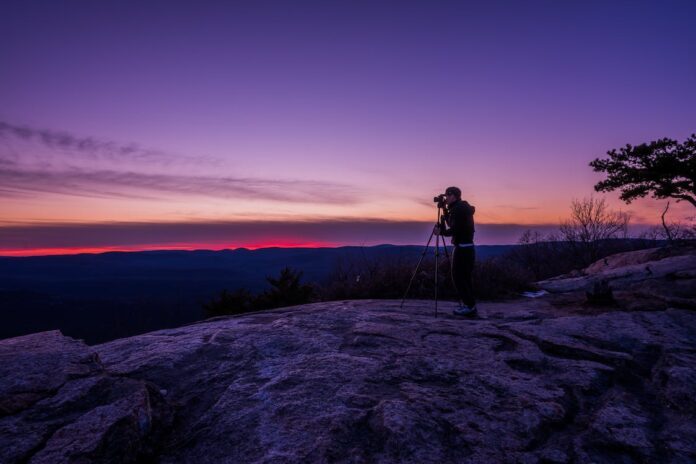The natural world, from national parks to your backyard, is a fantastic place for photographers to explore. It is also one of the most common subjects in photography. This is not just for pros. Anyone can take beautiful photographs of wildlife and landscapes with simple tips and techniques.
The Best Gear for Nature Photography
Although it’s possible to take beautiful Nature Photography with a smartphone or regular camera, you can get better shots of nature using more sophisticated gears.
- DSLR Camera: A DSLR camera is essential to take your photography of nature to the next level. DSLR cameras give you complete control over your camera settings. This is particularly useful for wildlife photographers and landscape photographers who plan to take photos in low-light conditions. A slower shutter speed or higher ISO will allow you to capture more light.
- Wide-Angle Zoom Lens: A wide-angle zoom lens is best if you want to capture large landscapes. Nature photography is not just about scale, and it’s about the details. A zoom lens can capture all the details in any shot, whether you are looking for a wide shot of a prairie or a close-up shot of an animal moving across it. A wide-angle zoom lens can be a great starting camera for nature photographers. Once you feel comfortable with the lens, consider a telephoto lens to help you focus on details in distant landscapes.
- Tripod: Tripods can be a helpful addition to your equipment arsenal. They stabilize the camera and offer valuable assistance while waiting for exciting creatures to appear in the frame. Tripods can also be used to capture the same shot over time. They can capture long exposures of things such as cascading waterfalls or growth and decay.
6 Tips for Nature Photography
Nature photography includes any element that depicts elements of nature in situ. Imagine stunning views in national parks, one plant bursting out of a concrete jungle, or a beautifully landscaped lawn. These tips will help you make the most of any situation.
1. Pay particular attention to the lighting. Lighting is an essential aspect of landscape and wildlife photography. Photography done during the day will expose you to direct sunlight. This creates harsh colors and shadows, making it difficult to create dynamic shots that are softened or vibrant. The Best photographer prefers to photograph in the “golden hour” to avoid harsh lighting. This is when the sun rises and sets just before sunrise and sunset. The natural light during these hours is soft, indirect, and romantic, which allows true colors to pop.
2. The rule of thirds is a good idea. The rule of thirds is one of the most straightforward landscape photography tips. The rule of Thirds is a composition technique that allows a photographer to position points of interest along an invisible grid. The rule of thirds is a composition technique that allows you to see the screen or viewfinder from two perspectives. Seeing the lines horizontally and vertically will help you place your subject. This technique is beneficial for landscape photography that doesn’t often have a focal point. Grid camera mode is a feature that allows photographers to overlay the grid onto the screen to get the perfect shot.
3. You can play with depth of field. Nature photography often focuses on one main subject, such as a bird or flower. A wider aperture (f/2.0, f/2.8) will help separate your subject and the background. The aperture is the opening of the lens. It affects the depth of field. A wider aperture will create a shallower depth, which helps focus attention on the subject. Smaller apertures can create a deeper depth of field, making backgrounds appear blurrier. Try both to see which one makes your subject pop.
4. Be creative. You have endless options for landscape and wildlife photography in the natural world. Take advantage of these opportunities! You can bring your unique vision to the camera and try new things other photographers might not have attempted. If others are shooting wide shots, you might consider a close-up. Where others are shooting from a high vantage, shoot from the ground.
5. Learn about nature. Understanding nature will help you take better photos. You’ll be able to predict better and follow the rhythm of different animals and plants if you are more knowledgeable about them. A wildlife photographer familiar with the mating habits of certain birds will be able to set up at the best spot for great shots.
6. Respect the natural world. Nature Photography is a beautiful and varied subject. It has a variety of landscapes and cycles of birth, death, and rebirth. Curiosity and adventure are essential to capture stunning images of nature at their best. Respect is one of the essential photography tips.

















